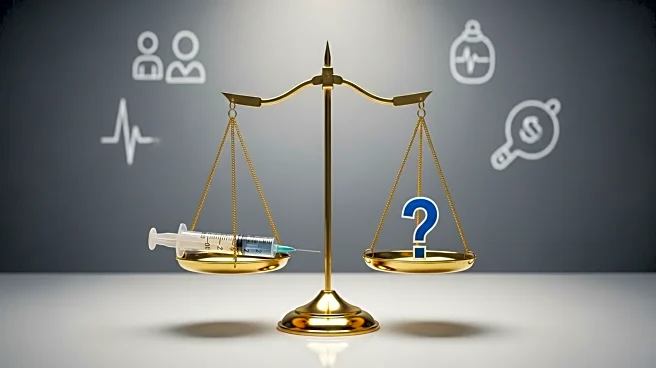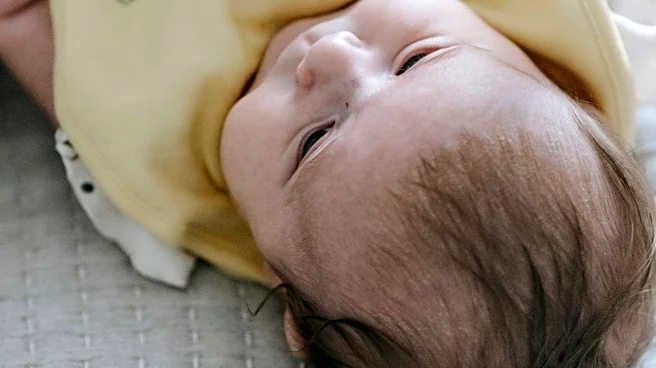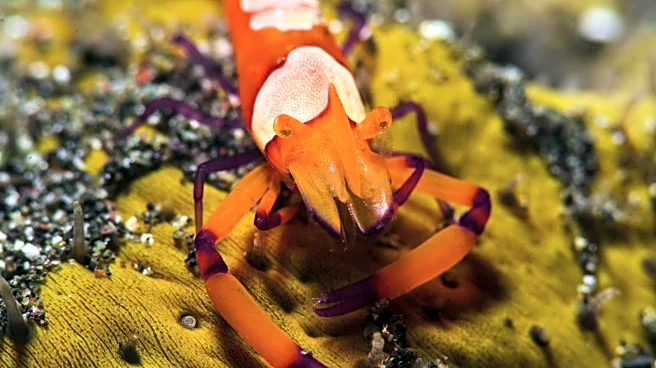What's Happening?
Naobios, Nuvonis, and the European Vaccine Initiative (EVI) have announced a collaboration to develop an influenza A(H3N2) Human Viral Challenge Agent. This effort is part of the Inno4Vac consortium, a public-private partnership coordinated by EVI, aimed at improving the effectiveness of seasonal influenza vaccines. Naobios will utilize Nuvonis' Vero Cell Bank to expedite the production process, bypassing the need for extensive cell bank development. The Vero cells, which are widely accepted by regulatory authorities such as the EMA and FDA, will be used for GMP production of the challenge agent. The collaboration seeks to address the inefficiencies in current vaccine development processes and aims to conduct a Controlled Human Infection Model (CHIM) study by late 2026.
Why It's Important?
The collaboration between Naobios, Nuvonis, and EVI is significant as it addresses the ongoing challenge of low effectiveness in seasonal influenza vaccines, particularly against the A(H3N2) strain. By leveraging established cell banks and regulatory-compliant processes, the initiative aims to accelerate vaccine development, potentially leading to more effective influenza prevention strategies. This development could have broad implications for public health, reducing the burden of influenza outbreaks and improving vaccine response rates. The partnership also highlights the importance of public-private collaborations in advancing medical research and development.
What's Next?
The next phase of the project involves conducting a Controlled Human Infection Model (CHIM) study, which is scheduled for the third or fourth quarter of 2026. This study will be crucial in testing the efficacy of the newly developed influenza challenge agent. The results could inform future vaccine development strategies and potentially lead to more effective influenza vaccines. Stakeholders, including regulatory bodies and healthcare providers, will be closely monitoring the outcomes of this study to assess its impact on public health policies and vaccine production standards.
Beyond the Headlines
This collaboration not only aims to improve influenza vaccine effectiveness but also sets a precedent for future vaccine development projects. The use of well-characterized cell banks and streamlined production processes could become a model for other vaccine initiatives, potentially speeding up the response to emerging infectious diseases. Additionally, the partnership underscores the role of international cooperation in tackling global health challenges, fostering innovation through shared expertise and resources.











